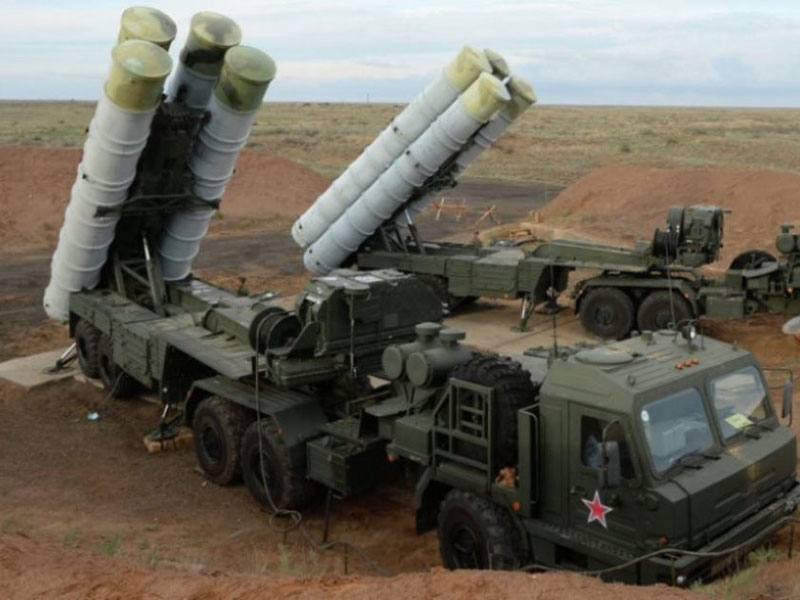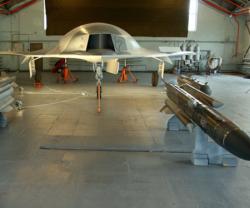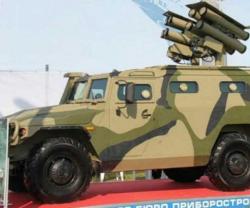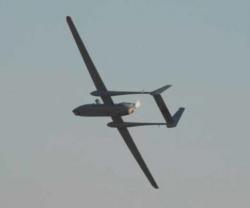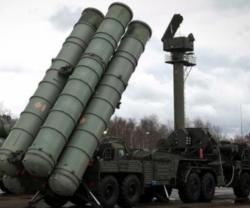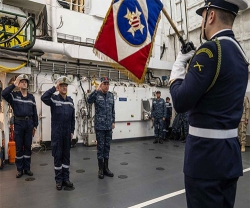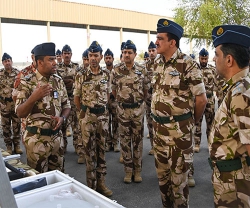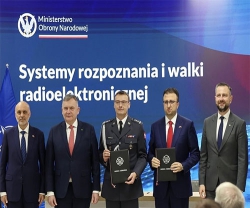General Sergei Babakov told Russian News Service radio that, together with the S-300PM1/2, the S-400 Triumf (NATO codename SA-21 Growler) had all but phased out the now outdated S-300PS missile system protecting Moscow airspace.
General Babakov said that crews operating the new missile system were now being trained at military academies, retraining centers and test ranges.
He also mentioned the S-350E Vityaz short-to-mid range air defense missile system that will soon enter service.
More lightweight and maneuverable compared to the S-400, the S-350 will replace the S-300PS system and will use a smaller, self-homing missile that “flies higher, lower and farther.”
As to the latest Pantsir-S combined short to medium range surface-to-air missile and anti-aircraft artillery system, it will be upgraded for use in the Arctic, General Babakov added.
The S-400 "deployment in greater numbers along Russia's borders with NATO could challenge the latter's ability to achieve air dominance in the event of a conflict with Moscow," Zachary Keck said in an article titled "Watch Out, America: Russia Sends Super Advanced S-400 to NATO's Borders."
Russia's next-generation anti-aircraft weapon system can engage all types of aerial targets including aircraft, drones and ballistic and cruise missiles within the range of 250 miles at an altitude of nearly 19 miles.
Russia's Western Military District will receive an unspecified number of advanced S-400 Triumf and Pantsir-S air defense systems by the end of 2015, the district's spokesman, Col. Oleg Kochetkov, said.
“Modern S-400 Triumf long-range air defense systems and Pantsir-S gun-missile air defense systems will be put in service with air defense units of the Western Military District by the end of this year,” Kochetkov said.

